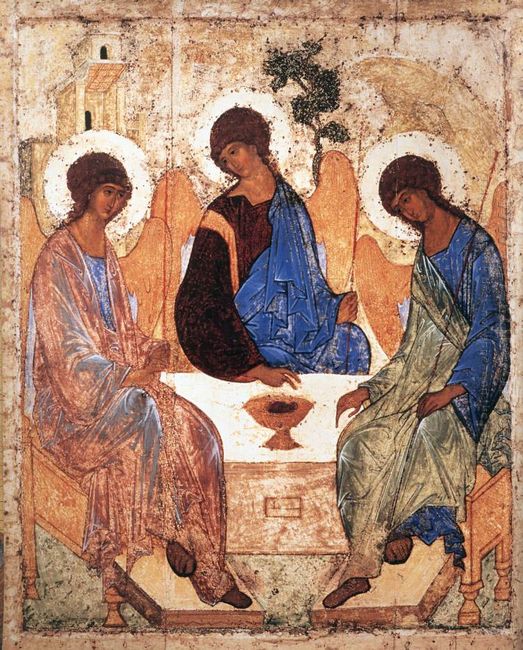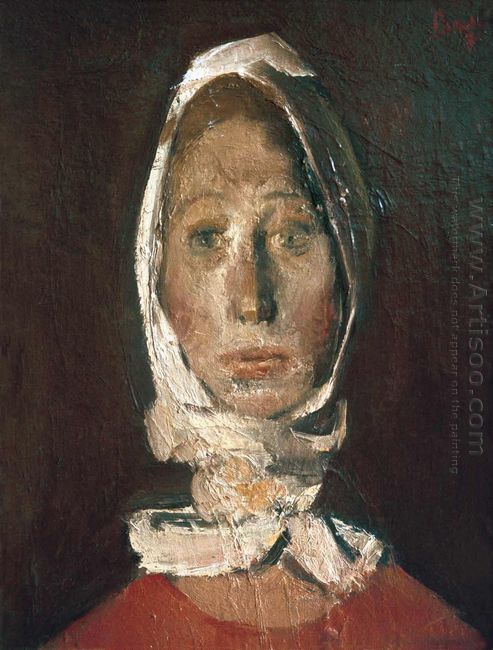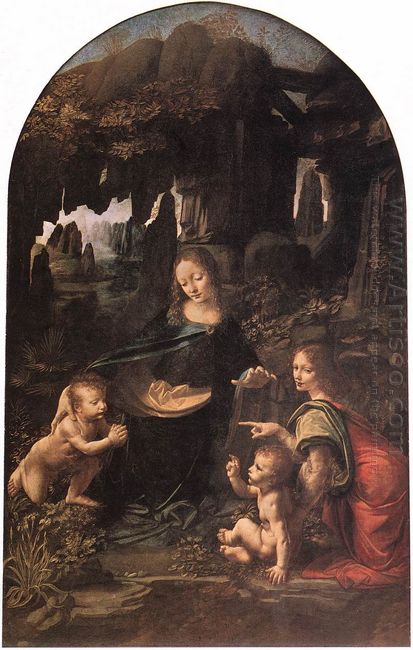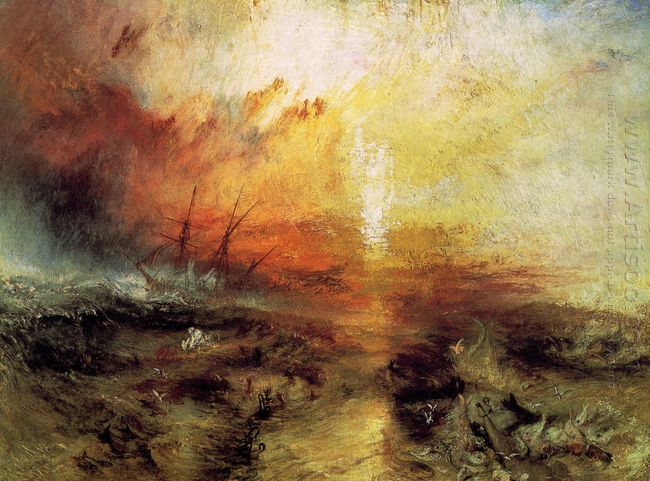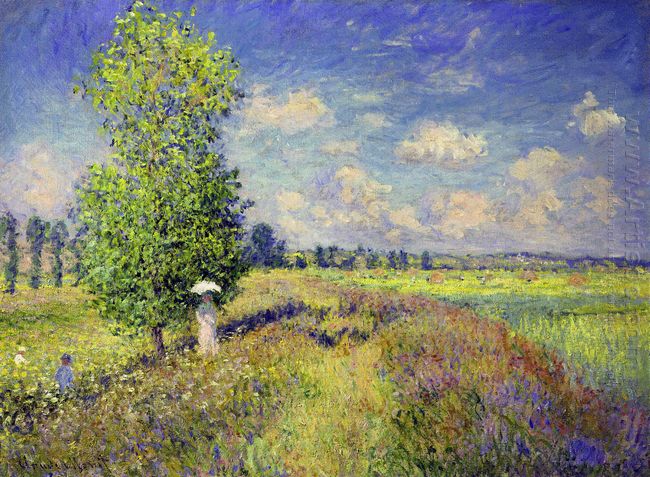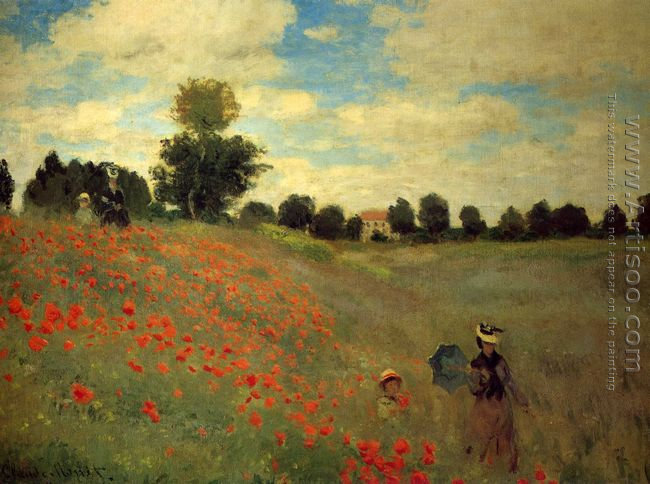Byzantine art developed in Eastern Roman Empire between 5th and the mid of 15th century. It became the link between the classical art of Greece and Rome and later Western art and combined the naturalism of classical art and the abstract decorative features of Oriental Art. There was no clear boundaries between early Christian art and Byzantine art. The early beginning which Constantinople became the capital from 300 to 500 years was called the Byzantine period. Justinian’s (527-565) reign ushered in the first golden age of Byzantine art. Between 8th and 9th century, a large number of paintings and sculptures were destroyed. With the end of 843-year iconoclasm, depictions of the sacred figures were encouraged again.
The second golden age of Byzantine art lasted from 9th to 12th century, bringing the realism to imperial court art and mysticism to religious art. The final glory of Byzantine art occurred during the reign of palaiologos from 13th to the mid of 15th century, which was called the revival of Byzantine. The late stage of religious art showed more emotions and naturalism. The official art combined the Byzantine Empire (namely Eastern Roman Empire) with the center of Constantinople from 4th to 15th century and Christian churches. Its ideological content was the worship of emperor and promotion of Christian theology in order to consolidate the rule of the aristocracy. It was characterized by late Rome art form and oriental art, like Saint Sofia's church structure and its internal beautiful decoration, reflecting the theocratic rule of spiritual authority. Because of the shackles of the church, the later styles tended to be formulaic and conceptualized. It exerted a huge influence on the medieval European countries especially the art of orthodox art.

